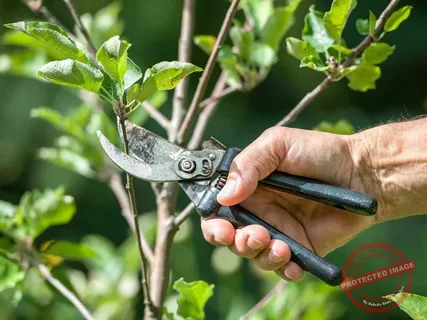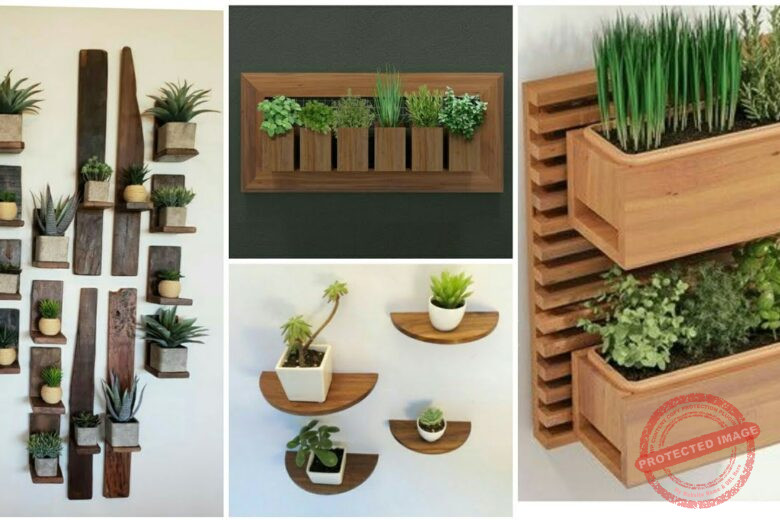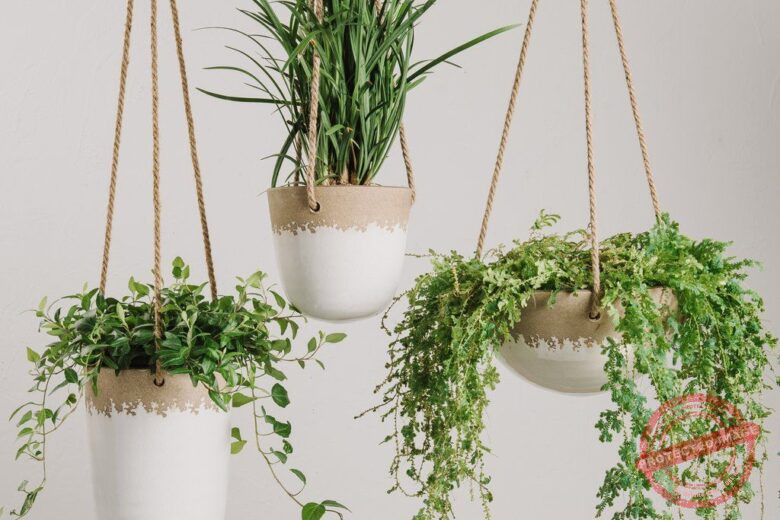There are some plants that you bring home, and before you know it, they feel like part of the family. The broken heart plant, also known as Monstera adansonii, is one of those. With its quirky leaves full of natural holes that look like they’ve been carved out by an artist, it’s hard not to stare at it every time you walk past. Some folks even call it “Swiss cheese vine,” but for many of us growers, the nickname “broken heart” sticks because those leaves really do resemble little green hearts with gaps in them.
When I first got mine, I’ll admit, I didn’t know what I was in for. I had seen broken heart flowers mentioned in a gardening group, and someone said this plant was perfect for brightening a room without demanding too much attention. Well, I brought one home, set it on a shelf, and before long it was climbing, trailing, and turning heads whenever visitors came around. It’s one of those plants that feels alive in a very expressive way, almost like it’s reaching out with every new leaf.
But here’s the thing: while the broken heart plant isn’t the hardest plant to grow, it isn’t exactly “set it and forget it” either. It likes a little pampering, and if you listen to it, it tells you what it needs. Too much sun? Leaves curl. Too little water? The foliage droops. A happy balance? You’ll have vines snaking across your wall like a living piece of art. In this post, I’m going to walk you through how to care for it, what benefits it brings, and some growing tips from my own farm-style experience.
Why Grow a Broken Heart Plant?
Let’s be honest. A lot of us start growing plants because they look pretty. And yes, Monstera adansonii is a stunner. But there’s more to it than its good looks. The broken heart plant has a way of softening a room, making it feel fresher, lighter, and just a little happier.
If you’ve ever walked into a friend’s house and immediately felt calmer because of all the greenery, you know what I mean. These plants naturally purify the air, so they aren’t just sitting there for decoration—they’re working for you. And when you’ve had a long day in the fields or at work, sitting near your plants with a cup of tea feels like therapy you didn’t pay for.
Another reason I love them is how versatile they are. They can trail gracefully from a hanging basket, climb a moss pole like a pro, or even cover a bare corner wall that was once dull and lifeless. Wherever you place them, they bring energy.
The Basics of Broken Heart Plant Care
Light
The broken heart plant doesn’t want the harsh midday sun blasting on its leaves. If you’ve ever left yours on a sunny porch, you might have noticed the leaves turning yellow or developing crispy edges. That’s the plant’s way of saying, “Too much!” Bright, indirect light is the sweet spot. Think of a sunny window with a sheer curtain or a spot a few feet away from direct rays.
Watering
Here’s where most growers get tripped up. Overwatering can be a real problem. If the soil stays soggy, the roots can rot. On my farm, I check the soil with my finger—simple but effective. If the top inch feels dry, that’s my cue to water. I give it a good drink and let the excess drain out. Drooping leaves? Usually, that’s a cry for water. Yellowing leaves? You might be loving it a little too much with the watering can.
Soil
Well-draining soil is your friend here. A mix of potting soil, perlite, and a little orchid bark works wonders. This keeps the roots from sitting in water and gives them room to breathe.
Humidity
The broken heart plant loves humidity. If you’re in a dry climate, you might need to help it out. Mist the leaves, place it near a humidifier, or set the pot on a tray filled with pebbles and water. In my farmhouse, the kitchen is its happy place because the air stays moist from all the cooking.
Practical Growing Tips from Experience
One trick I’ve learned is giving the plant something to climb. A moss pole or a piece of trellis lets the plant show off its true nature. Those aerial roots grab hold, and before you know it, the plant looks like it belongs in a jungle.
If you’re more into trailing plants, let the vines cascade from a hanging basket. I once placed mine on a shelf above my reading chair, and now its vines drape down like nature’s curtain. It makes the room feel cozy and wild at the same time.
Another tip? Rotate the pot every few weeks. Otherwise, the plant leans toward the light and grows unevenly. A simple turn keeps it balanced and full.
A Short Relatable Scenario
I remember one rainy weekend when I was rearranging plants in the living room. I noticed my broken heart plant had stretched toward the window so far that half of it looked fuller than the other. I gently unwound the vines and set up a moss pole right in the pot. Within a couple of weeks, it started climbing happily, putting out bigger leaves than I had ever seen before. It was like the plant had been waiting for me to give it a ladder. That’s the thing with Monstera adansonii—it rewards the little adjustments you make.
How to Propagate Your Broken Heart Plant
Want more plants without spending extra money? Propagation is the way to go.
-
Find a healthy vine with a few nodes (those little bumps where roots form).
-
Snip just below a node with clean scissors.
-
Place the cutting in water, making sure the nodes are submerged.
-
Wait for roots to grow, then plant it in soil.
It’s that simple. I’ve gifted baby plants to friends this way, and they always get excited about starting their own little jungle.
Benefits of the Broken Heart Plant
-
Air purification: Like many houseplants, it filters toxins and gives you fresher air.
-
Stress relief: Caring for plants is a form of therapy. Watching those vines grow can calm your nerves.
-
Aesthetic charm: Whether climbing or trailing, it transforms a plain corner into something vibrant.
-
Easy propagation: You can multiply it without much fuss and share with others.
-
Connection to nature: In a world full of screens and concrete, having greenery indoors grounds you.
Common Problems with the Broken Heart Plant (and How to Fix Them)
Even the most seasoned growers run into bumps with Monstera adansonii. Don’t panic—plants have a way of bouncing back if you catch the problem early. Let’s go through a few issues you might see and how to handle them.
1. Yellowing Leaves
This is the one most people notice first. A few yellow leaves, especially old ones, are normal. But if it’s happening all over, it usually means too much water. The roots sit soggy and start to rot. The fix? Let the soil dry out more between waterings. Check that your pot has a good drainage hole. If the roots are already mushy, repot into fresh, well-draining soil and trim away the damaged parts.
2. Drooping Leaves
You come home after a long day, and your broken heart plant looks like it’s fainted. Don’t worry—it’s usually thirsty. Give it a deep drink, and within hours, those leaves should perk right up. If it stays droopy even after watering, check the roots. Sometimes compacted soil makes it hard for water to reach them properly.
3. Brown Crispy Edges
This one almost always points to low humidity. Remember, these plants come from tropical places where the air feels heavy with moisture. If your home is dry, the leaves show it by browning at the tips or edges. A quick fix is to mist the plant or use a humidifier. Even clustering plants together helps, as they share moisture with each other.
4. Leggy Growth
If your plant looks stretched out with big gaps between leaves, it’s crying for more light. It’s reaching toward the nearest source like a kid stretching for candy on the top shelf. Move it closer to a bright, indirect light spot. Another trick is to prune those long, bare stems—it encourages bushier new growth.
5. Pests
Yes, even indoors, pests can sneak in. The usual suspects are spider mites, mealybugs, and aphids. You’ll notice little webs, cottony clumps, or sticky residue on leaves. My go-to remedy? A gentle wipe with a cloth dipped in soapy water or neem oil spray. Consistency is key—don’t just treat once and forget it. Keep checking for a couple of weeks until they’re gone.
How-To: Reviving a Struggling Broken Heart Plant
Sometimes we inherit plants from friends, or we realize too late that we’ve been over or under-caring for them. Here’s a quick step-by-step rescue plan:
-
Check the roots – Gently lift the plant from its pot. Are the roots white and firm? Good. Brown and mushy? Time for a trim.
-
Refresh the soil – Old, compacted soil suffocates roots. Use a fresh, airy mix with perlite or orchid bark.
-
Trim the damage – Cut off yellow, brown, or crispy leaves. This frees the plant to focus energy on healthy growth.
-
Set it right – Place it in a bright spot with indirect light. Avoid shock by not moving it around too often afterward.
-
Stay patient – New leaves take time, but if you’ve corrected the issues, the plant will bounce back.
How-To: Training Your Plant for Best Results
One of the joys of owning a broken heart plant is shaping it to fit your space. Some folks let it trail wild, while others want a neat climber. Here’s how to do either:
-
For climbing: Insert a moss pole or trellis into the pot. Tie the vines gently with soft ties or twine until they grab on themselves.
-
For trailing: Just let the vines hang from a basket or shelf. Pinch back the tips occasionally to encourage fuller growth.
-
For a wall display: Some people use small hooks to guide vines across walls or window frames. It turns the plant into living décor.
Extra Growing Tips
-
Don’t panic if new leaves come in small at first. Once the plant matures and climbs, the holes in the leaves get bigger and more dramatic.
-
Avoid cold drafts. These plants hate chilly air. Keep them away from windows that get frosty or doors that open to the winter wind.
-
Fertilize lightly. Too much fertilizer can burn roots. A balanced liquid fertilizer once a month in the growing season is enough.
FAQs About the Broken Heart Plant
Do broken heart flowers actually bloom?
Not indoors. While the Monstera adansonii can produce flowers in its natural tropical habitat, most indoor growers never see them. The leaves are the main show.
Why are my leaves turning yellow?
That’s usually from overwatering. Cut back and make sure your pot has good drainage.
Can I grow it outside?
If you live in a warm, humid climate, yes. But if frost comes your way, better keep it indoors or move it inside during winter.
How fast does it grow?
Pretty fast, especially in spring and summer. With the right care, you’ll be surprised how quickly the vines take over.
Is it safe for pets?
No. Like many Monsteras, it’s toxic to cats and dogs if chewed. Keep it out of their reach.
How to Keep Your Plant Thriving Year-Round
-
Spring and summer: Fertilize lightly every few weeks. This is the active growing season.
-
Fall and winter: Cut back on watering and stop fertilizing. The plant rests a bit during colder months.
-
Repot every 2–3 years: If roots start poking out of the pot, it’s time to give it a bigger home.
-
Wipe leaves: Dust builds up, especially indoors. A damp cloth keeps them shiny and helps with photosynthesis.
A Farm Owner’s Closing Thoughts
The broken heart plant is one of those companions that grows with you. It’s forgiving when you make small mistakes, but it also rewards you when you give it a little extra care. On the farm, I often think of it as the indoor cousin of the climbing vines outside. It has character, charm, and a way of reminding you that even small patches of green can make life feel richer.
So if you’ve been wondering whether to bring one into your space, I’d say go for it. Treat it kindly, pay attention to its signals, and it’ll keep you company for years to come. After all, isn’t it nice when something as simple as a leaf-shaped like a broken heart can remind us that growth always finds a way? What’s stopping you from letting this little beauty trail across your own home?



